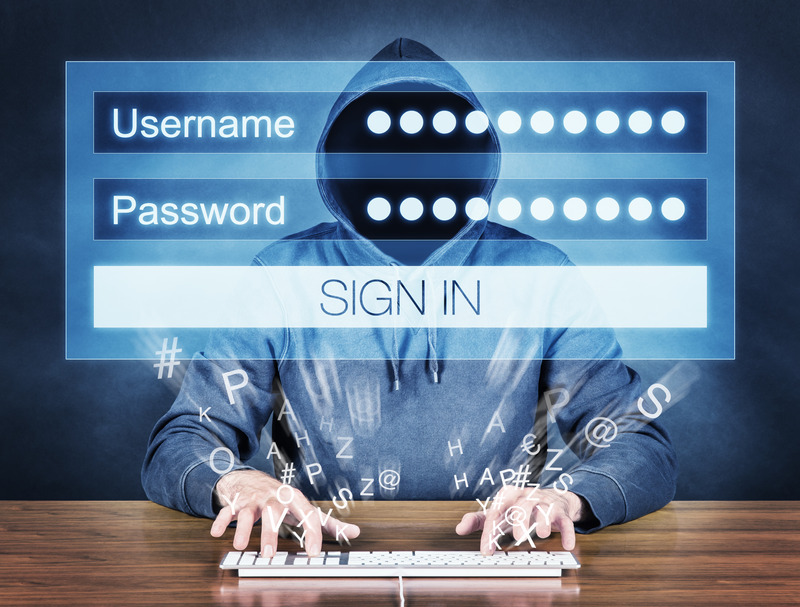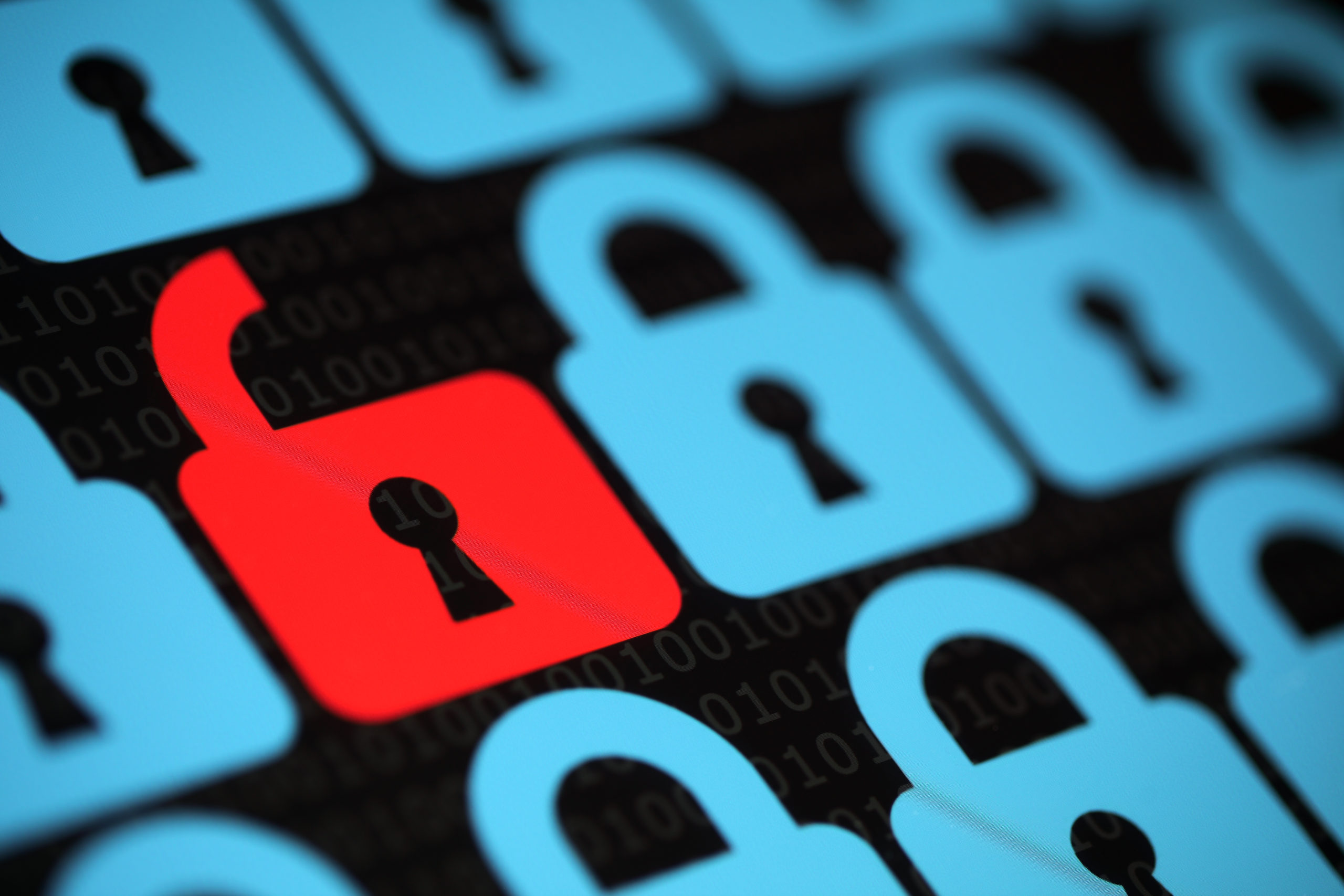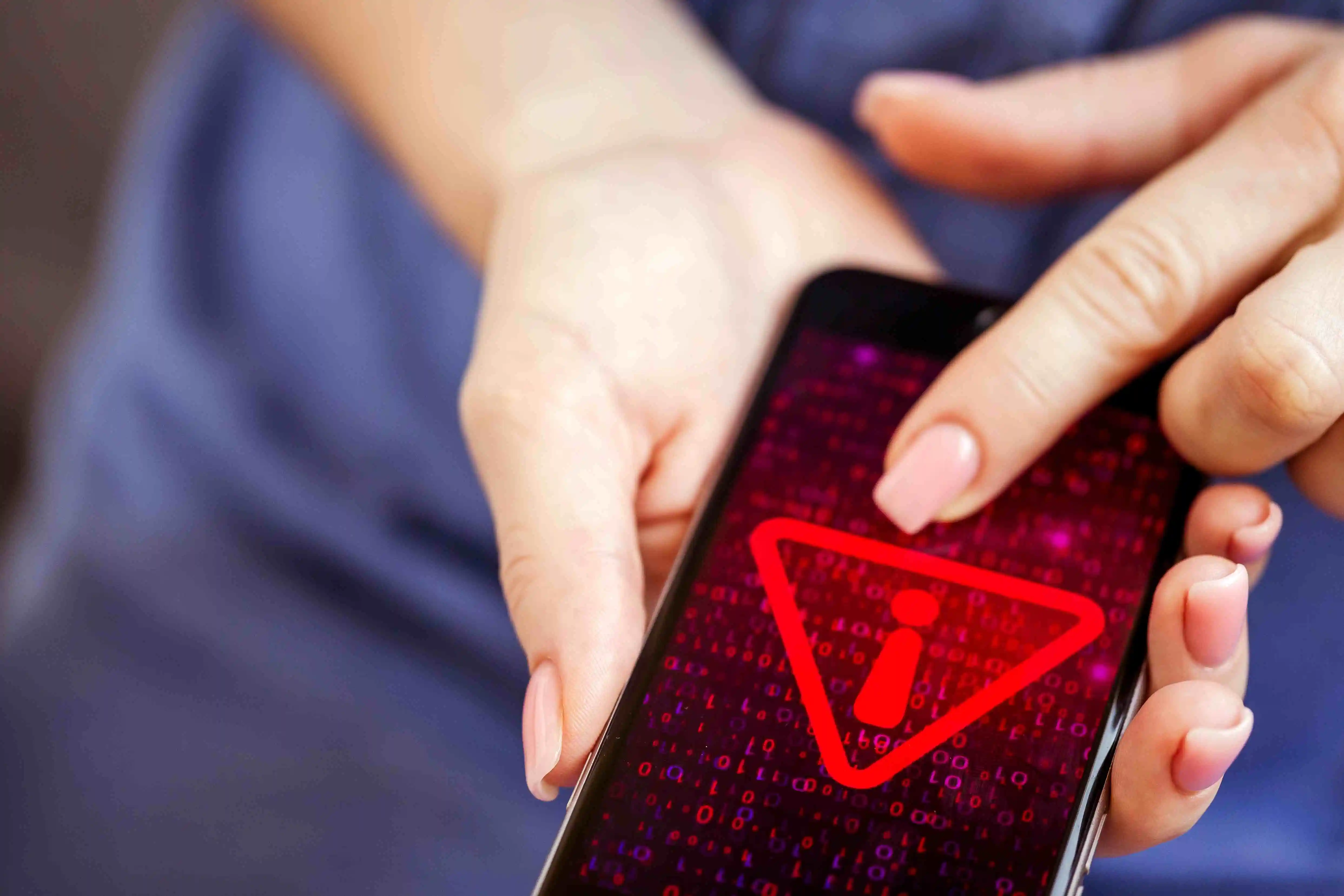6 Best Practices to Protect Your Mobile Devices from Being Hacked!
Will cyber-criminals breach your company through your mobile devices?
Whether you are the CEO, upper management, or part of the team, your mobile devices are the new frontier for hackers and criminals.
Picture this: You’re scrolling through your social media feed on your mobile device, catching up on the latest news, checking your emails, and chatting with friends.
Suddenly, a pop-up notification appears, informing you that your device has been hacked. Your heart races as you realize that all your sensitive information, from company passwords to personal info like bank account details, is now in the hands of a cyber-criminal.
Imagine this: As an employee, you use your mobile device to access confidential information at home or while traveling. Yet, you feel secure knowing that your company has taken all the necessary measures to protect your device from cyber threats.
Suddenly, you receive a notification that your device has been hacked. Then, panic sets in as you realize your data and sensitive company information are compromised.
Unfortunately, these scenarios are not far-fetched, as mobile devices have become a prime target for hackers looking to steal your info…and, worse, breach your company.
According to the “Cost of A Data Breach” by IBM Security, the average cost of a data breach for an SMB is $3.86 million
Can you imagine if the breach started with you?
But don’t agonize; there is some good news.
You can protect your mobile device and safeguard your data from cyber threats by following proven mobile security measures.
In this article, we’ll share six best practices to protect your mobile devices from being hacked, whether you’re a business owner or an individual user.
So, sit back, grab your device, and dive into the world of mobile device security.
Best Practice #1: Updating your device (operating system)
Did you know that 99.9% of mobile malware attacks can be prevented by simply updating your device to the latest software version?
 Keeping your device up-to-date with the latest security patches and software updates is essential for protecting your mobile device from cyber threats.
Keeping your device up-to-date with the latest security patches and software updates is essential for protecting your mobile device from cyber threats.
“Mobile devices are quickly becoming the primary computing platform for many people, making it critical to ensure they are protected against malware and other threats,” – Kevin Haley, director of Symantec Security Response.
Keeping your device up-to-date allows you to access the newest features and applications and provide the latest security updates and bug fixes. Unfortunately, your device can become vulnerable to malware, viruses, and other malicious attacks without regular updates. Therefore, security is a major concern when it comes to mobile devices.
Mobile device manufacturers constantly improve security measures to avoid malicious actors. However, by not updating your device, you may be exposed to exploits that have been patched in newer versions.
Updates improve performance
On top of security, updates can also improve the overall performance of your device. Updating your device allows you to access the latest features and applications. Regular updates will enable you to experience the latest features and improvements to make your device run faster and smoother.
Additionally, if you don’t update your device, you may be unable to access certain applications or websites as they may no longer support the device.
If you fail to update your mobile device, you may be at risk of data theft and malicious attacks.
Best Practice #2: Use strong passwords
Strong passwords help to protect your device, data, and applications from unauthorized access.

Strong passwords are important because they are the first defense against cyber attacks. In addition, they are one of the simplest and most effective ways to protect your mobile device from cyber threats. A strong password should be at least 12 characters long and include upper- and lower-case letters, numbers, and special characters.
According to a report by Verizon, 81% of hacking-related breaches are caused by weak or stolen passwords.
Every organization should have a clear and strict password policy
In addition to choosing a strong password, it’s also important to use different passwords for different accounts and to change your passwords regularly. This helps to ensure that if one account is compromised, the damage is limited and doesn’t extend to your other accounts.
Overall, strong passwords are an essential component of a comprehensive cybersecurity strategy.
By choosing strong, unique passwords and regularly updating them, you can greatly reduce the risk of a cyber-attack and protect your sensitive information.
Best Practice #3: Enable two-factor authentication:
We cannot stress the critical importance of enabling two-factor authentication on all your mobile devices enough.
 As one of the most experienced Managed IT Service Providers in the Midwest, and the company that created The Security Shield. We understand that mobile devices are often the gateways to your digital life.
As one of the most experienced Managed IT Service Providers in the Midwest, and the company that created The Security Shield. We understand that mobile devices are often the gateways to your digital life.
These devices store your personal and sensitive information, including confidential business data. With proper security measures, our mobile devices are protected from hackers.
That’s why two-factor authentication is so important.
By requiring a second authentication factor, such as a unique code sent to your email or a biometric scan. You add a layer of security to your mobile device. Even if someone manages to steal your phone or guess your password. They won’t be able to access your accounts without the second authentication factor.
You might be thinking, “But isn’t two-factor authentication a hassle?
Is it really necessary? As a Managed IT Service provider and cyber security experts, we can assure you that the extra step is a small inconvenience. Compared to the protection it provides. However, the consequences of having your personal or business information stolen will be devastating, and the time and resources required to recover from a cyber-attack are overwhelming.
Enabling two-factor authentication is just one of the many security measures we should implement to protect your digital assets.
As a Managed IT Service provider, we take a proactive approach to cyber security to ensure that our clients are protected from the latest threats and vulnerabilities.
Best Practice #4: Avoid Public Wi-Fi
We must stress the importance of avoiding public Wi-Fi networks, especially when using mobile devices.
 Public Wi-Fi networks are inherently insecure, providing a prime opportunity for cybercriminals to launch attacks on unsuspecting victims.
Public Wi-Fi networks are inherently insecure, providing a prime opportunity for cybercriminals to launch attacks on unsuspecting victims.
Think of public Wi-Fi networks as the digital equivalent of a busy public park. Just as you wouldn’t leave your wallet or phone lying around in a public park. You shouldn’t be transmitting sensitive information over public Wi-Fi networks.
Cybercriminals can easily intercept data transmitted over these networks. Including login credentials, financial information, company passwords, and other sensitive, valuable data.
According to a study by Norton, 60% of people believe that their personal information is safe when using public Wi-Fi. However, this couldn’t be further from the truth.
Cybercriminals are much more sophisticated in their attacks. And will easily intercept unencrypted data transmitted over public Wi-Fi networks. Once they have access to your information. They will use it for identity theft, financial fraud, or other nefarious purposes.
Businesses and their people must take steps to protect themselves from the dangers of public Wi-Fi networks. Whether using a virtual private network (VPN) or avoiding public Wi-Fi altogether. The cost of not taking precautions is devastating.
Best Practice #5: Enable Remote Lock
Think of the remote lock as a safety net for your mobile device.
The remote lock allows you to lock your remote device from another device or location.

For example, you can enable a remote lock on most smartphones in the security settings. This involves setting up a password or PIN that is used to unlock the phone after it is locked remotely.
In addition, you can use a service or app to lock your devices. Services like Find My Phone or Google Find My Devices can help you manage your phone security settings.
Once the remote lock is enabled on your remote device, you should send a signal to it via the internet. This triggers the safety to engage. This allows everyone to access the device with the correct password or PIN.
Remote lock works even if the device is lost or stolen, as long as it is connected to the internet. This feature is particularly useful for protecting sensitive data, preventing theft, and increasing productivity, among other benefits.
Why is keeping your phone locked critical?
- Protects sensitive and company data
- Helps prevent theft.
- Saves time and money.
- Increases productivity.
- Enables remote wipe.
- Peace of mind
Just as you wouldn’t leave your front door unlocked or your car running with the keys inside, you shouldn’t leave your mobile device unprotected.
With the growing number of cyber threats and the increasing reliance on mobile devices. It’s important to take every precaution to protect sensitive information. Whether you’re a business owner or an individual. Enabling a remote lock is a simple but effective way to safeguard your data.
Every BYOD policy should include a strict remote lock and data wipe policy
Best Practice #6: Be mindful of the apps you download
Downloading apps from questionable or unknown sources will expose your device to many cyber-security risks.
We can’t stress enough the importance of being mindful of the apps you download on your mobile devices. Many apps are created with malicious intent. And are used to steal your data and infect your device with malware.
When you download an app, you’re essentially permitting it to access your device and potentially your company’s sensitive information
According to a report by Norton, 63% of consumers have yet to learn whether the apps they download are trustworthy or not.
Think of downloading an app like inviting a stranger into your home. Of course, you wouldn’t let a stranger walk in and start going through your belongings. So, why would you download an app without thoroughly vetting it first?
According to a study by McAfee, 76% of free apps and 40% of paid apps in the Google Play Store are malicious or risky. This highlights that not all apps are created equal. And it’s essential that you are cautious when downloading new apps.
One example of the danger of downloading malicious apps is the case of the Joker malware. This malware is in over 1,000 apps in the Google Play Store. And it’s used to steal users’ data and sign them up for premium services without their knowledge.
The Joker malware is just one of many examples of how malicious apps compromises sensitive information.
Being mindful of the apps you download is critical to protecting your company’s sensitive information. With the growing number of malicious apps available. It’s more important than ever to be cautious when downloading new apps.
Conclusion:
As mobile devices continue to play an increasingly important role in our daily lives. It is important to be aware of potential cyber threats and take the necessary steps to protect our devices.
By following these 6 best practices for mobile cyber security, you can help safeguard your mobile device from cyber threats. And ensure your personal and sensitive information remains secure.
Remember, cyber security is not a one-time event but an ongoing process that requires constant attention and diligence.






